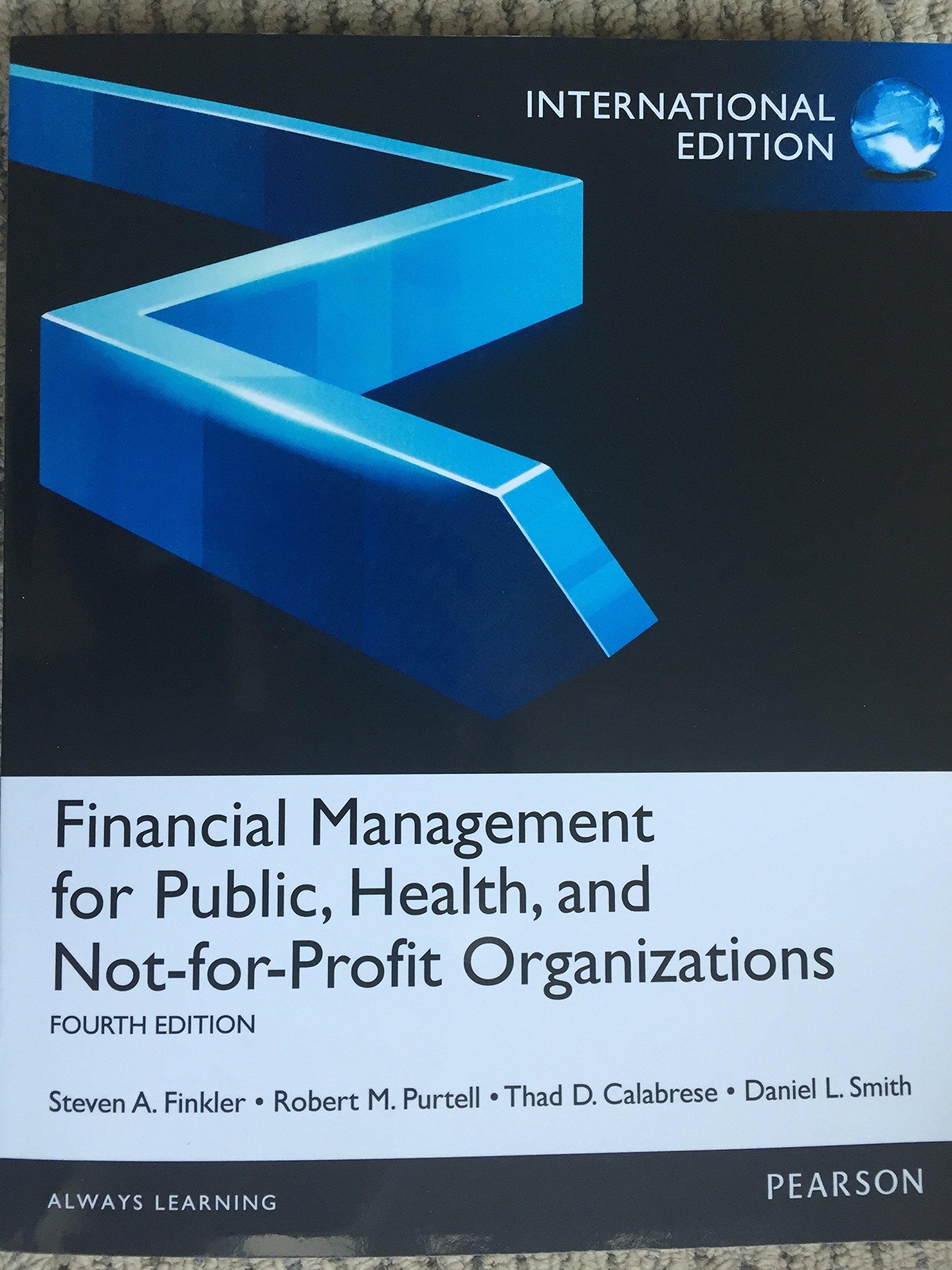Question
Question 1 1.1. Greenburg Ltd is a large wholesaler of garden equipment. The companys revenue and receipts cycle is well staffed and is divided into
Question 1
1.1. Greenburg Ltd is a large wholesaler of garden equipment. The companys revenue and receipts cycle is well staffed and is divided into clearly defined functions, namely receiving of orders, warehousing (picking), dispatch, invoicing, recording of sales, mailroom and receipting/cashier. It also has a goods returned function which handles the return of goods by customers and a credit management section. The following control procedures take place in the day to day running of the company.
a. Jonny Backers follows up on trade references supplied by prospective customers seeking credit.
b. Carl Jameson, checks the detail on all internal sales orders prepared by the six order clerks.
c. Paul Waters, one of the warehouse clerks, makes out a back order note for an item which is ordered but is not in stock.
d. The gate controller counts the number of boxes on the companys delivery truck and agrees it to the delivery notes held by the driver.
e. Themba Zulu compares the goods to be delivered to the picking slip and delivery note as they are packed into boxes for delivery.
f. Peter Hedge phones all debtors who have exceeded their credit terms every 48 hours to establish when Greenburg Ltd can expect payment.
g. When customers collect goods they have ordered, they sign a delivery note and retain a copy.
h. Anele compares prices on the invoice to the official pricelist and reperforms the VAT calculation.
i. Internal sales orders sent to the accounting department are filed in numerical sequence.
j. Themba Zulu goes through the days picking slips at the end of each day to confirm that they have all been acted upon. Required: Indicate the function under which each
Required:
Indicate the function under which each of the control procedures (a j) is most likely to occur at Greenburg Ltd.
1.2. You are a member of the audit team currently engaged on the 31 March 2022 external audit of Style (Pty) Ltd, a large supplier of clothing to the retail trade. Fashion garments make up a significant portion of Style (Pty) Ltd.s sales. Style (Pty) Ltd does not manufacture garments but acquires its inventory from local manufacturers. The company is financially sound and the directors run the company in terms of strong ethical business principles. You have been assigned to the year-end audit of trade debtors and during late March, you attended a meeting at which the internal audit manager and the financial controller of Style (Pty) Ltd, as well as your audit manager, were present. At the meeting the following information was forthcoming:
a. It is anticipated that the balance on the trade debtors account at year end will be about R7 million, making up a very significant portion of current assets.
b. The company has a wide range of debtors both in terms of rand value and in nature and size of customer. For example, the company supplies large retailers (e.g. Edgars) as well as medium to small clothing shops and fashion boutiques.
c. From the 1st January 2022, the company converted its computerised trade debtors and related applications onto a new computer system. Good systems development controls were implemented before installation and both internal audit and your firm's computer audit division were involved in the project. Since the conversion, internal audit has continued to perform post implementation reviews on the system.
d. As part of the post implementation review, internal audit conducted positive debtors circularization at 31 January and 28 February. In view of this, your audit manager as instructed you not to carry out a debtors circularisation for purposes of this audit. Other members of your audit team have conducted tests of controls, as well as some roll forward tests, on the revenue and receipts cycle (and related applications) for January, February and March. These tests have proved successful. This section of the audit team will also perform sufficient cut-off tests on the relevant cycles at 31 March.
e. The audit deadline is 31 May 2022 and is not considered to be particularly tight.
f. The following fields are contained on the debtors Masterfile:
* Account number
* Name
* address
* Total amount owed
* total amount aged: current, 30 days, 60 days, 90 days, 120 days and over.
* Credit limit * credit terms
* Status query code 1 = unresolved dispute with debtor
Code 2 = internal letter of demand sent
Code 3 = handed over to lawyers for collection
Required:
1.2.1. Briefly comment on whether the risk of material misstatement relating to trade debtors at 31 March 2022 should be regarded as low, medium or high, based on the information in the case study above
1.2.2. Describe the substantive procedures you will conduct to verify that trade debtors are fairly presented at 31 March 2022
Step by Step Solution
There are 3 Steps involved in it
Step: 1

Get Instant Access to Expert-Tailored Solutions
See step-by-step solutions with expert insights and AI powered tools for academic success
Step: 2

Step: 3

Ace Your Homework with AI
Get the answers you need in no time with our AI-driven, step-by-step assistance
Get Started


